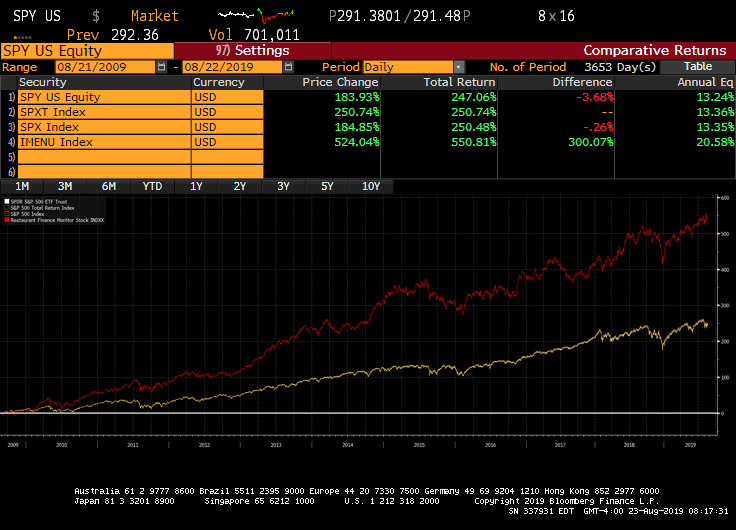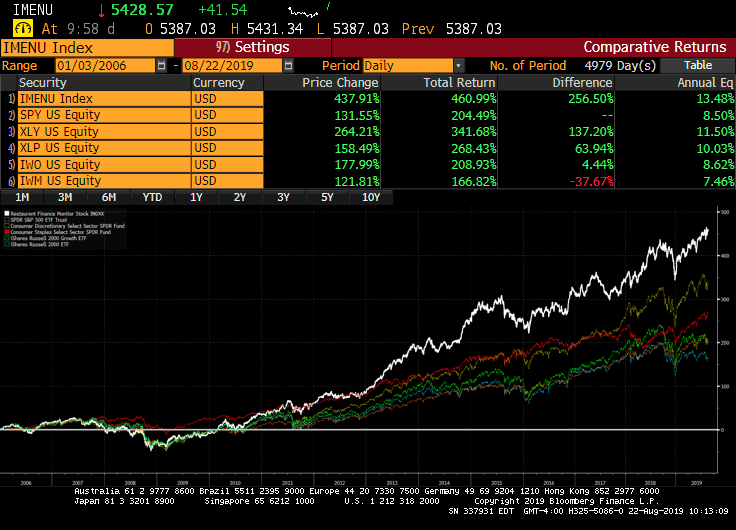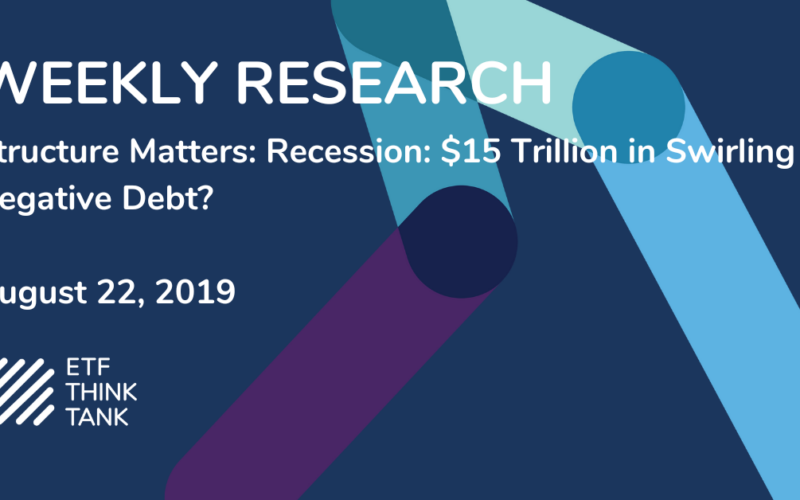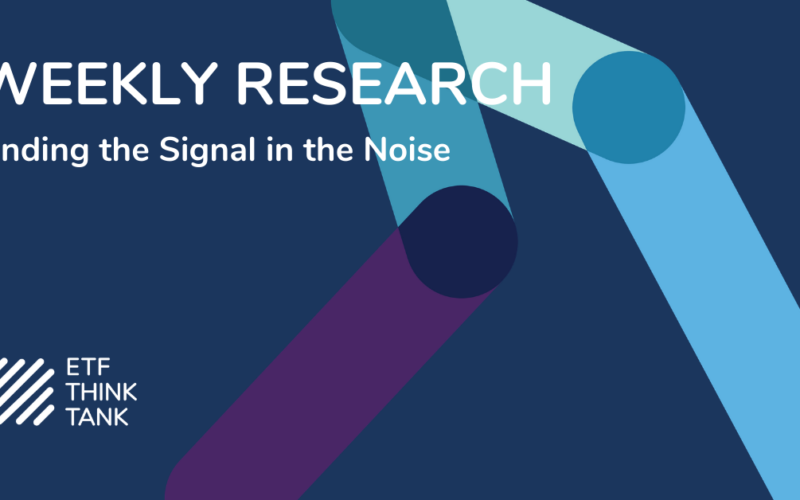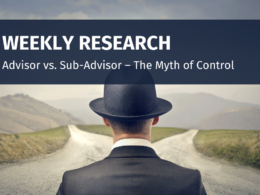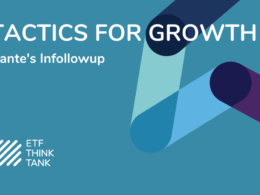Structure Matters: Recession: $15 Trillion in Swirling Negative Debt?
Over the years, there have been many articles written sporadically timed about the impending recession that is on the horizon. Managing the timing of such a projection has been challenging. During our Toroso investment committee meetings we too often discuss this risk in the context of many others that can affect portfolio outcomes. However, recently due to the headlines about the yield curve, the issue is now at the forefront of peoples minds; especially some of our ETF Think Tank members.
Two Tank members thoughts:
Rob Isbitts wrote a targeted article on the recession issue which highlights the needs for investors today to embrace risk management, not move to portfolio extremes or to time the market. Market cycles are part of long term investing.https://www.forbes.com/sites/robisbitts2/2019/08/18/a-recession-wont-wreck-your-retirement-but-this-will/#160fc756d129 However, what I found most fascinating about his article was the commentary about demographics. Forgive me Rob – I may be taking your thoughts out of context. My thinking is that what many people seem to be ignoring is that demographic changes both related to the Gig economy and to how investors want to save and invest may also change how that recession feels. Meaning – we know a recession will occur in the future, but we don’t know how people will work through it. The new millennial generation will probably continue to work to add dollars to their pockets because that is their nature. This is part of why the Gig economy is 42 million people strong and a new and well established paradigm . According to Sofi, nearly half – 47% – of the U.S. adult work force is either currently working as an independent or has at some point during their career. “ Moreover, this number over the next 5 years is projected to grow to 52% file:///C:/Users/Owner/Desktop/Marketing/sofiwhitepaperinvestinginthegigeconomy1565816013554.pdf My point in mentioning the Gig economy is that paradigm shifts are occurring that make past recessionary experiences and savings rates different than what might be experienced in the future. In addition, what people often forget when discussions occur about investing is that their largest investment remains their career and the value of those cash flows. I do not know the depth of the recession that we will see in the future. However, I would expect that the structure of today’s economy is different than what it was in the past and so are people’s sense of self in how they earn money independently for their lifestyle.
John Davi, a frequent guest on CNBC, highlights actionable ideas about what to do to defend a portfolio. I will let John speak for himself by sharing this Link https://www.astoriaadvisors.com/post/astoria-interviewed-by-cnbc-on-portfolio-construction-recession-fears-and-the-inverted-yield-curve. Thank you John Davi for mentioning an idea frequently highlighted in this area of Tank Talk – AGFIQ US Market Neutral Anti-Beta (BTAL) and highlighting it as a 10% weighting. Of course, Dave Nadig’s additional comments also validate the strategy.
Non ETF Think Tank Members Comments:
I also thought it would be helpful to share other non-member articles that I thought was helpful. As many people seem to be writing about the technical nature of a bond inverted yields curve I found the the article highlighting alternative indicators. The simple fact is that everyone with business experience has their own indicators they monitor. https://fortune-com.cdn.ampproject.org/c/s/fortune.com/2019/08/15/recession-prediction-yield-curve-economic-indicators/amp/.
My Recession Indicator: Imenu
Personally, I believe that the restaurant industry is a great reflection of consumer demand, trends; and thus economic strength. The struggle of the business is clearly transparent in same store sales numbers, avg ticket prices, foot traffic and commodity prices. This is why I built the Restaurant Finance Index (IMENU), formerly the Restaurant Leaders Index and what you might have seen back in 2007-2009 are warnings signs.

My point – as portfolio managers who works with financial advisers, we often lose sight of how businesses work from a bottoms up perspective. The restaurant industry with all its challenges remains a reflection for me of how real business operates. Many ETF strategist and portfolio managers are too grounded in macro decisions at a high level. The restaurant industry is unique in its ubiquity in how it touches so many lives on a daily basis: ie. it represents $863 billion in revenue, over 15.3 million employees or 10% of the U.S. work force. More data can be found by going to the National Restaurant Association factheet. https://restaurant.org/Downloads/PDFs/Research/SOI/restaurant_industry_fact_sheet_2019.pdf
So what is the index telling us today? Readers should know that by design this index screens out weak performers and is 70% tilted towards Quick Serve Restaurants. Currently, it also only holds 26 names with 6 names representing about 36% of the weighting in the index . Skeptics therefore may point out that it is but a small sample of the industry and also tilted towards an asset light business model. Sorry, I built a thoroughbred that focuses on the leadership. Nevertheless, with the index currently at 5428.57 (August 23, 2019) I will be closely watching if it breaks 5,205 and then 5,000. The fact that the index is up 19.69% YTD and 8.4% over the past year. (The index did not do well in December 2018 so the rebound has been more pronounced. Answer: The performance of this thoroughbred I playfully refer to as Imenu, may be masking the reality of the struggles of the industry because it tilts towards asset light business models. . However, the focus on the index makes shines a light on weak same store sales and foot traffic. Maybe this is a red flag. https://tdn2k.com/snapshot/2019-07-restaurant-performance-hits-a-wall-in-july-intensified-by-staffing-headaches/ As of August 8, TDn2K, reported that same store sales in the month of July were down .96% on 4% less foot traffic.
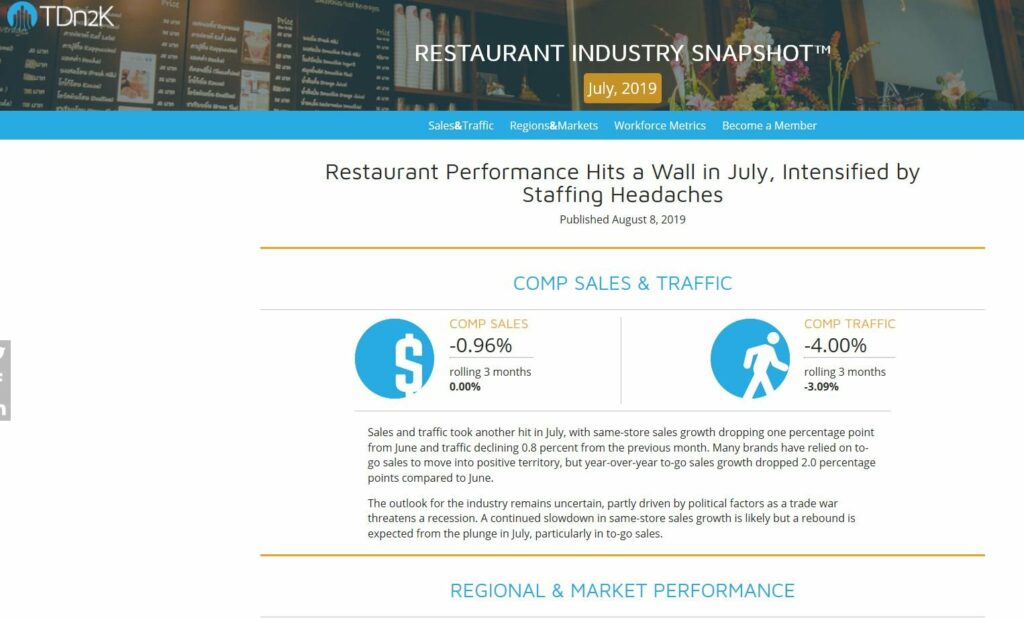
Lastly, I share two more articles. In Barron’s On-Line, I read about Brian Moynihan’s view on whether we were in a recession. As career banker, he has more experience than most in working with large numbers. When I think of millions or even billion of dollars in portfolios I embrace and analyze a variance of outcomes. To that point, I often speak about the need for fiduciaries to have an “ETF Business Strategy” that quantifies the impact of unintended and intended consequences of ETF growth from $4 trillion to $10 Trillion. Brian brings up the consequences of negative rates on $15 Trillion of debt swirling in the markets. What this means is unknown, but what a massive number! https://www.barrons.com/articles/one-simple-reason-why-a-recession-isnt-looming-according-to-bank-of-americas-ceo-51566464700 Mark DeCambre also wrote a constructive piece published by Marketwatch titled “After the yield curve inverts — here’s how the stock market tends to perform since 1978” https://www-marketwatch-com.cdn.ampproject.org/c/s/www.marketwatch.com/amp/story/guid/8FB3C220-BEAD-11E9-845C-4873AD0947CA
Conclusion: Rob Isbitts profoundly says it best when he highlights that by the time the economist declare a recession it is probably too late to do much as an investor. We can all pontificate about the future, but as investors we need to think long term. Indicators of risk are helpful, but what we know is that the 13% compound return earned by some S&P investors is above historic average and we are late in the economic cycle. Headlines about trade wars, currency battles and market volatility are a recipe for social media excitement. My advise to all investors is to manage your investment risk as if it were your life’s business. If you re uncomfortable about the risk you are taking manage it down incrementally. Just remember – holding an investment portfolio in this dynamic wonderful global world we live in carries the same risk as buying it that day.
P.S. Addendum: Those wondering about how Imenu may have performed these past 10 years may be surprised to learn 20.58% and since the inception of the index backtest
